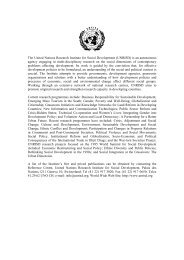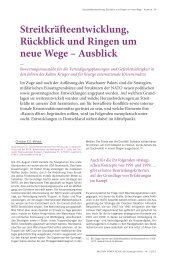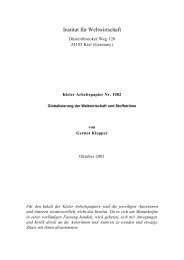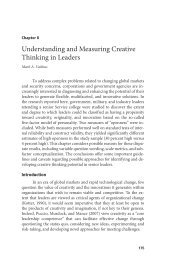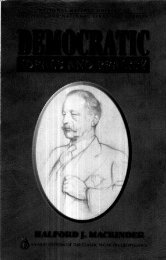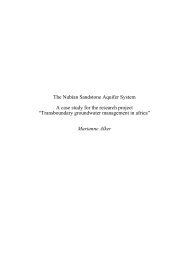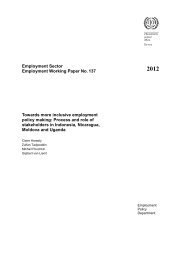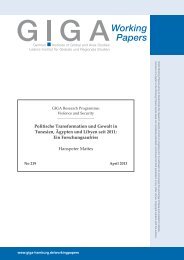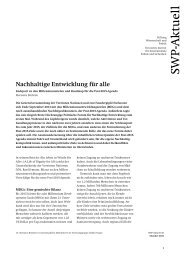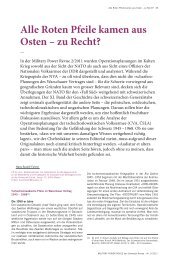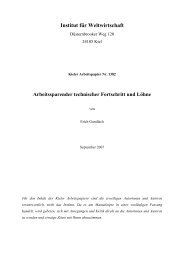Global Jihad: temi, piste di diffusione e il fenomeno del reducismo ...
Global Jihad: temi, piste di diffusione e il fenomeno del reducismo ...
Global Jihad: temi, piste di diffusione e il fenomeno del reducismo ...
You also want an ePaper? Increase the reach of your titles
YUMPU automatically turns print PDFs into web optimized ePapers that Google loves.
voluntar<strong>il</strong>y. The enthusiasm for self-sacrifice merged with cold, calculated logic.<br />
This was the basis for their recruitment and training. The battle was already lost, but<br />
the desire to <strong>di</strong>e w<strong>il</strong>lingly was ensconced. A senior officer would gather about thirty<br />
officers, and speak to them movingly about the homeland and about the need to<br />
sacrifice for its sake. He would ask to hear their answers that very evening, each<br />
officer in<strong>di</strong>vidually. Only infrequently <strong>di</strong>d one of the officers defer the honor being<br />
offered to them. It is possible that that more courage was required to stand up<br />
against this appointment than to agree to volunteer… In letters, which they left for<br />
their parents, they generally referred to their pre<strong>di</strong>cament by saying such things as:<br />
Do not mourn us; we <strong>di</strong>e happy and proud for the sake of the Caesar and victory.” 54<br />
One of the Japanese suicide p<strong>il</strong>ots, Kosonuki Masashiga, even wrote that “he hoped<br />
to be reborn several times over in order to relive the same life he lived during the<br />
war.” It is impossible not to be reminded of the same tra<strong>di</strong>tion put forward in the<br />
Ha<strong>di</strong>th by the Prophet Muhammad, of which there are several versions. Accor<strong>di</strong>ng to<br />
this tra<strong>di</strong>tion, the “Shahid’s most fervent w<strong>il</strong>l is to be reborn several times over in<br />
order to reenact the same deeds.”<br />
The identity of the author of the letter is unknown and investigators of the FBI tend<br />
to assume it was Muhammad Atta. But, regardless of the author, the letter provides<br />
us with one of the most vivid and penetrating glimpses into the mind of the planners<br />
of the attacks, and the mental state of the suicide hijackers. The main theme of the<br />
letter is planting in the hijackers’ mind that there is a <strong>di</strong>rect line between them and<br />
the companions (Sahabah) of the Prophet in the 7 th Century. In all their preparations<br />
for the attack and during taking over the planes, they should have seen themselves<br />
and behaved as if they were fighting alongside their ancestors. They were instructed<br />
to tie their clothes “in the same manner our good predecessors had done before you”;<br />
to be courageous, “as our predecessors <strong>di</strong>d when they came to the battle”; to press<br />
their teeth together “as the predecessors used to do”; and to recite “other sim<strong>il</strong>ar<br />
verses that our predecessors used to mention in battlefield”. They were instructed<br />
54 Maurice Pinguet, Voluntary Death in Japan (Cambridge; Polity Press, 1993), pp. 229-230.<br />
75





